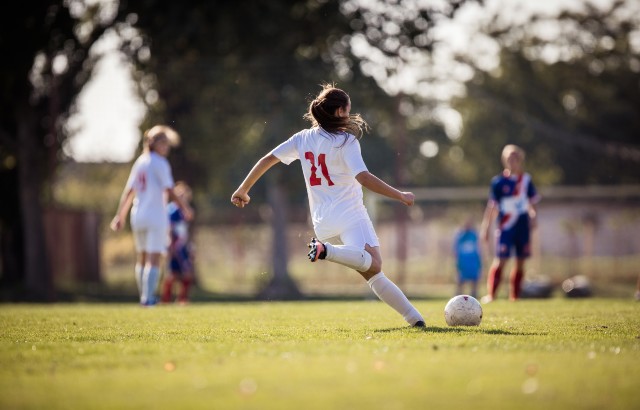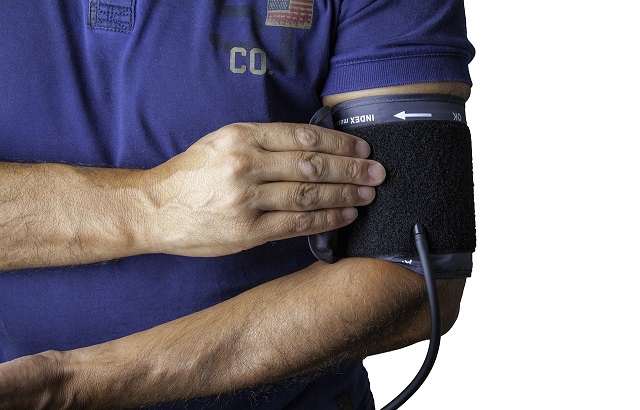
Credit: iStock
The findings, published today (16 November 2022), in Sports Engineering identify ten areas where women-tailored technology is needed. A recent review has highlighted that not much attention has been given to, or known about, the technological requirements of women’s football. It found just 32 scientific articles on technology in women’s football, in stark contrast to the decades of development in the men’s game.
Football boots
Women’s feet are a different shape to men, and female footballers face an increased risk of anterior cruciate ligament (ACL) and knee injuries by using incorrectly fitting men’s football boots. However, none of the larger manufacturers of football boots have yet to invest in women’s football boot designs. Currently, there’s only a single boot designed for women available on the market, created by a start-up company.
Kits
There is a clear gap in the research to understand what female players want and need from their kits. No research was found on kit design for comfort, fit or performance despite staff and players in elite women’s football voicing their concerns about these issues.
The research said for many players white shorts can cause a fear of sweat marks and visible stains while women are on their periods. Some players have asked staff to keep an eye on their shorts when playing in light colours and some have even said that they have struggled to focus during matches due to concerns about exposing themselves on television with visible blood stains on their shorts.
Whilst there are ongoing issues, progress has been made in some areas with the introduction of bespoke women’s fitted kits in elite women’s football since the FIFA 2019 Women’s World Cup.
Before the tournament, socks were only in a men’s fit leaving some players to choose between something that either fit their foot or their leg. The extra material in the sock caused issues for players such as rubbing in the foot. The sock sizing also posed as a risk factor for ankle sprains, as players felt they were slipping inside the boots due to excessive sock material.
The paper also looks at progress made and ongoing issues in other areas including football pitches, tracking devices, menstrual cycle tracking devices and other more overlooked areas.
Katrine Okholm Kryger, lead author of the paper and Honorary Lecturer in Sports and Exercise Medicine at Queen Mary University, said: “Women’s football holds a complex position with both opportunities and challenges on the horizon. Women footballers are still not facing a level playing field and this is also evident from the sports technology perspective. Manufacturers are acknowledging this and a positive shift in developing women’s specific football equipment and technology is happening.
“Due to a lack of research because the data often being used is from men rather than women, not enough is known about the specific challenges facing elite women football players, so technology advancements are limited by the level of research conducted. More products based on an enhanced understanding of women’s specific needs are required to optimise performance, safety, and the overall experience for women’s footballers. Advancements are being made, but these are often reliant on anecdotal evidence. We need more research based on what women actually want and need. Football needs to come home for everyone – regardless of their gender.”



